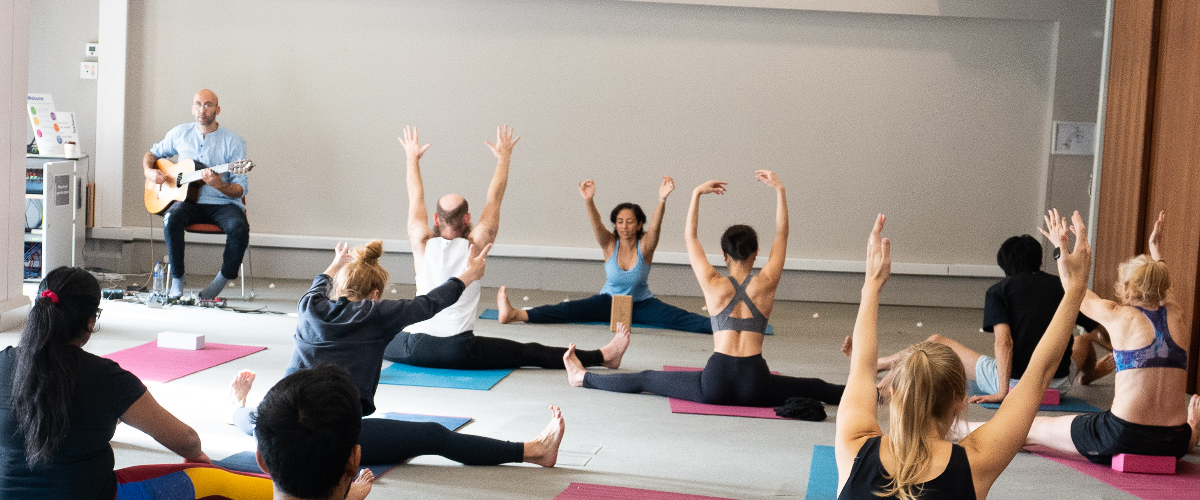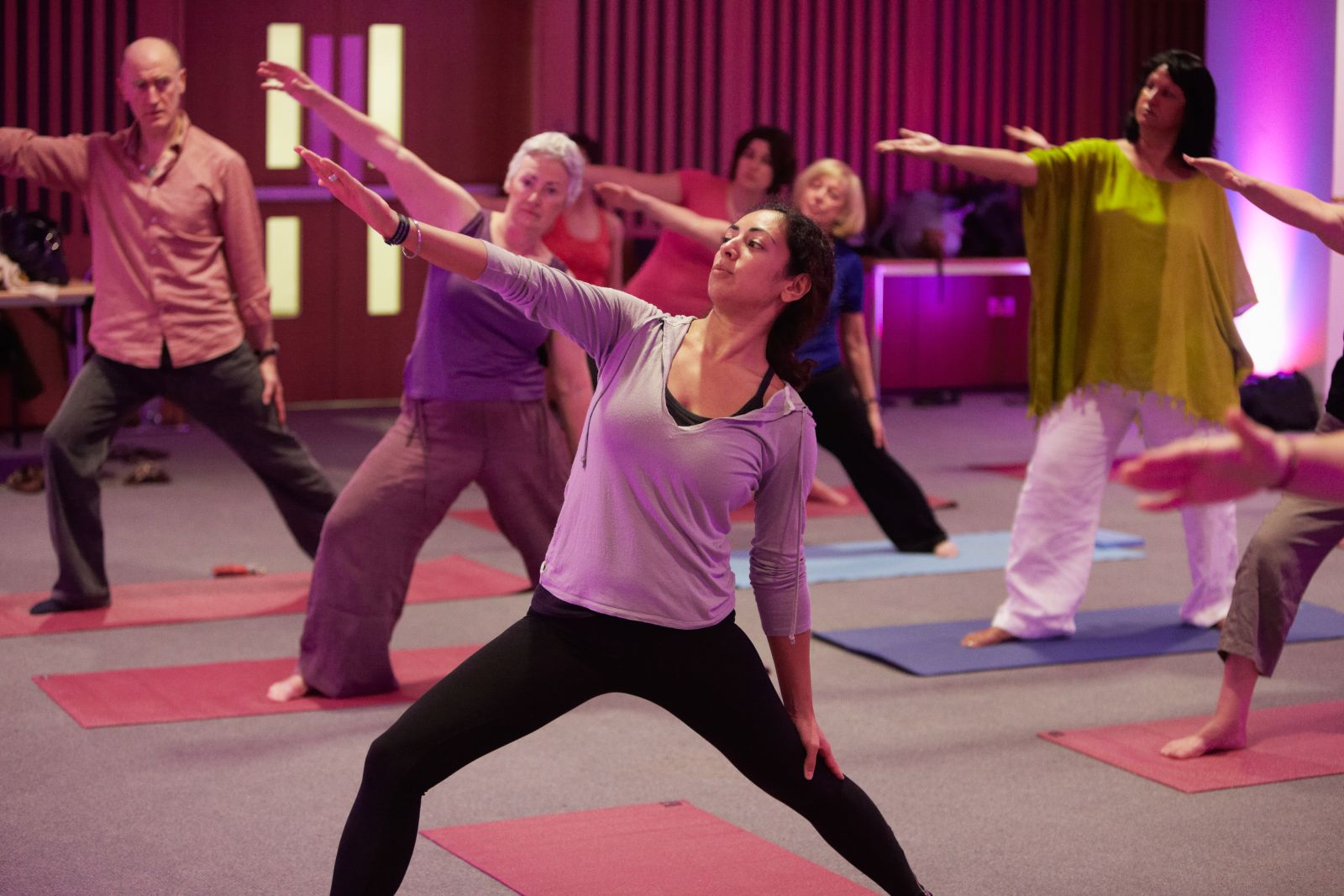

Indian classical music and wellbeing
The ripple effects and aftershocks of the pandemic continue to create havoc across the globe. Two years on from the start of the pandemic, we are all still growing through lockdowns or back to work in some kind of hybrid working from the office and home. Sadly, for some it has brought death, illness or just a change in the way we live. We have all needed to dig deep into ourselves to find our own solace and way to deal with the uncertainty, anxiety or levels of depression.
Indian classical music offers one of the best ways to calm and relax our minds and navigate ourselves into a positive state of wellbeing. What is it about our music that supports wellbeing?

I would like to share my thoughts starting from the holistic nature of raga and tala music.
Raga in essence twinned with nature in many ways. The emotions (rasas) evoke the sense of feeling of time through the 24 hours divided into 8 parts (prahars). The ragas were historically created to be performed at prescribed hours of the day. As we wake up in the morning ragas such as Jaunpuri or Ahir Bhairav stir one's mind in a way that afternoon or evening ragas do not. Similarly, ragas like Patdeep or Bhimpalsi for the afternoon, Yaman for the evening and many kanada ragas for the late evening set us alight as the days progress. Many ragas are linked to seasons of the year or inspired by the names of animals.
The construction of the raga piece itself is split into several movements, regardless of whether its Hindustani or Carnatic. I will focus on the Hindustani as an example. The first movement is the Alaap – the exploration of the notes and phrases that create the characteristic or the mood of the raag. Because the movement is slow and without any rhythm, one has to listen carefully and the days myriad of thoughts whizzing in our heads start to settle down as our focus on the music increases. The Alaap evolves into the Jor which is exploration, but with a slight pulse. In this section the raga emotions become cemented in the listener's mind and the creative improvisation becomes more elaborate. The final movement without percussion is the Jhalla, the fast exploration to a strong and fast pulse. During the Jor and Jhalla, the listener's mind becomes less and less filled with the thoughts and becomes more still – this is where the magic happens. It is when your mind becomes still that the raga being performed by the artists reaches artistic virtuosity and the pinnacle of improvisation. The final part is with percussion accompaniment.
.jpg)
What is magical about rhythm? To my way of thinking, rhythm is central to our way of living, the earth revolves to create the 24 hour day, it revolves around the sun to create our year. The heartbeat within us is one of the key rhythmic aspects we are connected to at a holistic level. During the gat (with rhythmic accompaniment) the interaction with musicians becomes more engaging and playful as they explore the raga together. The intensity increases into the fast drut gat (fast paced rhythm) as both virtuosic and musicality merge into one until they arrive at the crescendo—the ultimate tension and release in music.
So how does this help the listener? It is quite simple in that we have all been to a concert with our minds full of thoughts and by the time we get to the concert hall, it is buzzing with excitement. From the time the lights go down and the tuning begins the music starts to take over and the process of concentration into the music means that we focus less on the thoughts as time passes. Pauses are the silence between the notes and it is these pauses, these commas, if you will, that create the framework for reflection and brings about a calming effect. By the end, our minds become less cluttered and calmer—bringing a sense of meditation and calm.
.jpg)
Finally, the microtones of bending the notes is linked to our chakra or energy points in our body. As the notes are played, our body engages and yogis believe that the chakras become aligned. It is this holistic alignment...of the notes, rhythmic interludes and musical framework that function collectively to bring us back our rhythm. Back to life. Back to wellness.
And every time Darbar stages a performance, that's the alignment we hope to provide to you.
To experience the magic of Darbar and the Indian classical arts, tune in to our subscription based premium Darbar Concert Hall.
Rhythm is the arrangement of time in all music, and is thought to be older and more fundamental than melody. All...
Read More 
There is hardly a culture in the world that does not recognise the healing power of music. In biblical times, it is...
Read More 
The beginner's guide to Indian classical music. Whether you’re completely new to raga music or just need a refresher, we’ve put together this brief overview of all things raga music to help you feel at ease when visiting one of our concerts or watch our videos on our YouTube or our Darbar Concert Hall.
Keep up to date with the latest news, events, music and musings across our social channels
For hundreds more clips and shorts, vist our YT page here 